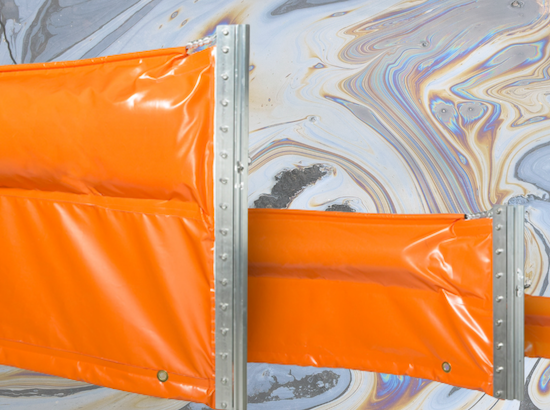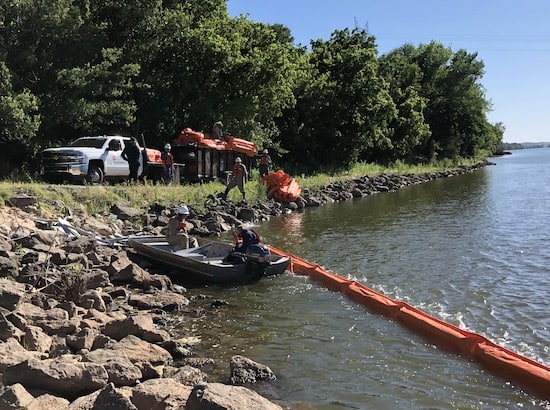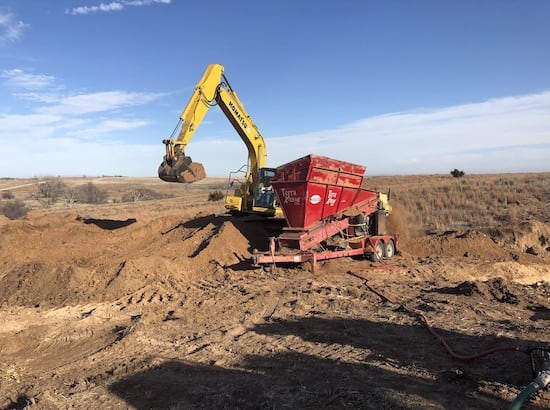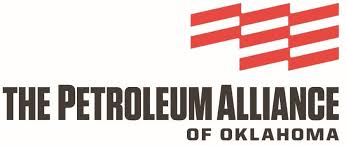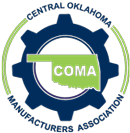Shop Our Products Categories Below
View product categories that include Oil Spill Containment Boom, Turbidity Curtains & Sediment Barriers, Secondary Containment, and More!
Stay Up to Date with ACME
As a leading oil spill removal organization, remediation service provider, and product manufacturer, ACME Environmental is committed to safeguarding our precious marine and land ecosystems. With efficient equipment and an experienced team, we offer comprehensive solutions for swift and effective oil spill response and cleanup. Our environmentally-friendly methods ensure minimal impact on wildlife and habitats while restoring affected areas to their natural state. Stay up-to-date with our blog's latest news and insights, where we share success stories, industry updates, and expert advice.


